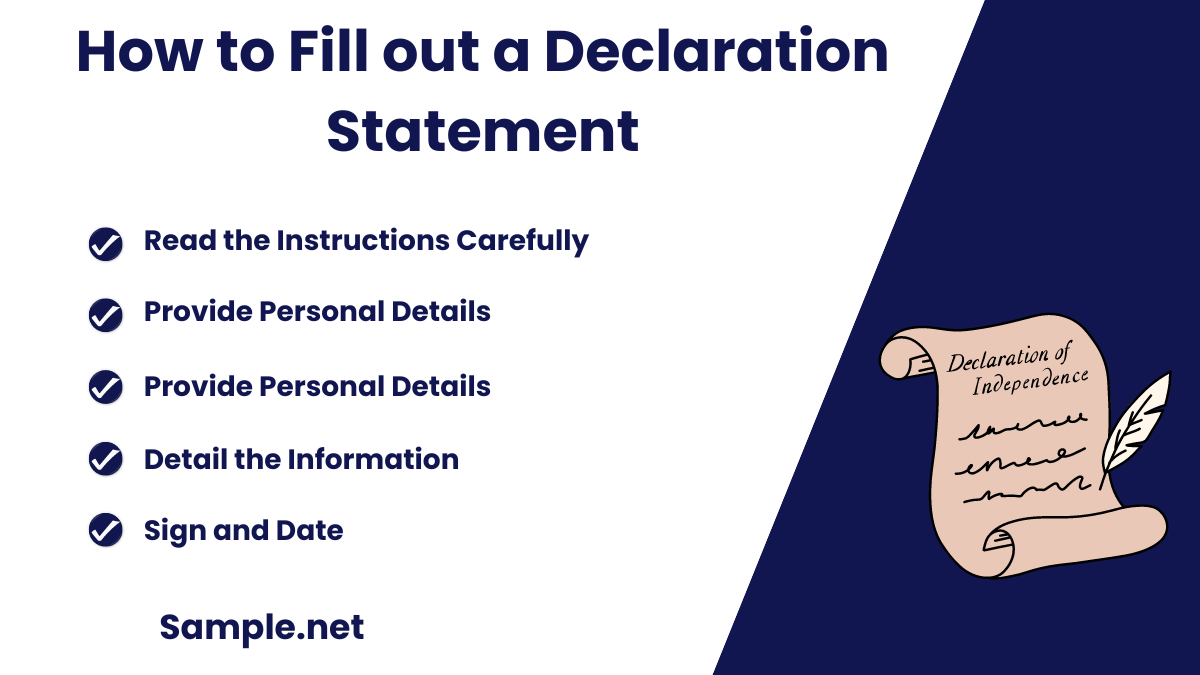Self-Declaration Samples
-
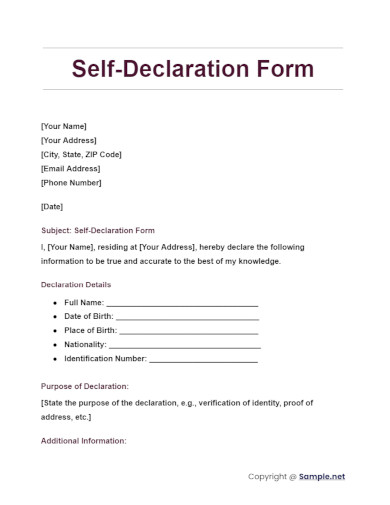
Self-Declaration Form
download now -
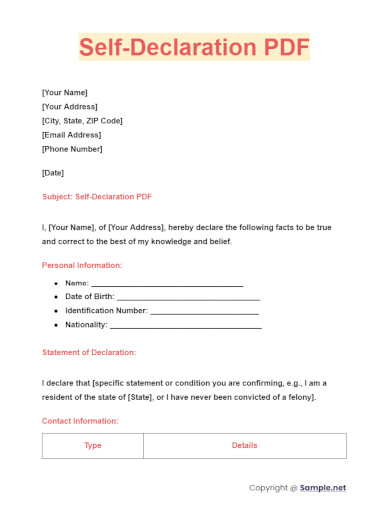
Self-Declaration PDF
download now -

Self-Declaration Certificate
download now -
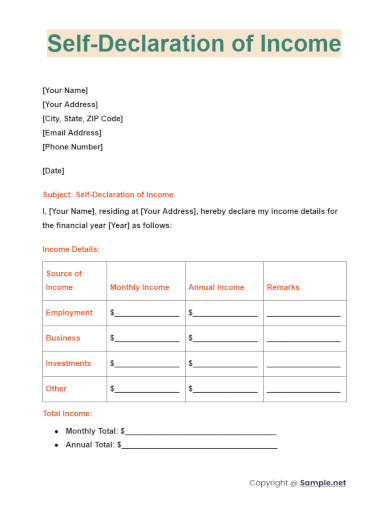
Self-Declaration of Income
download now -

Coronavirus Self Declaration Form Template
download now -
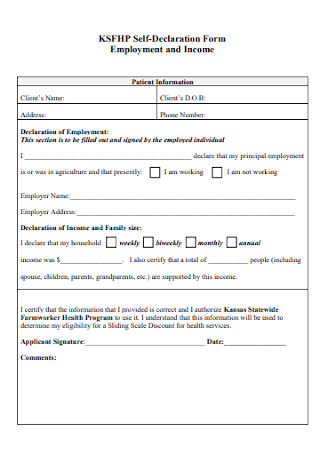
Employment Self Declaration Form
download now -

Self Declaration Form for Passengers
download now -
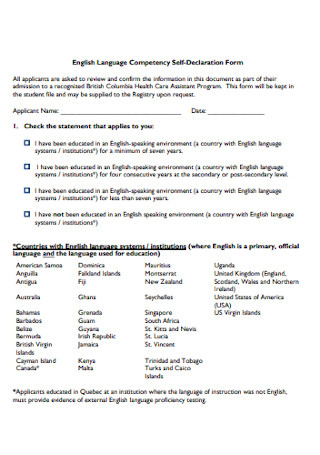
Language Competency Self-Declaration Form
download now -

Covid Self-Declaration Form
download now -
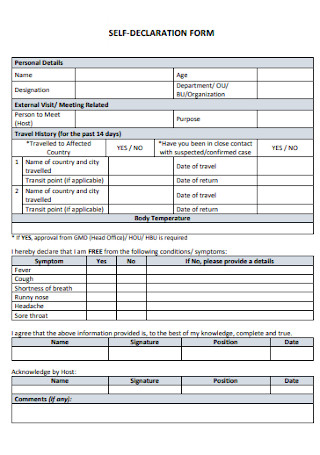
Basic Self Declaration Form
download now -

Sample Self-Declaration Form for Guest
download now -
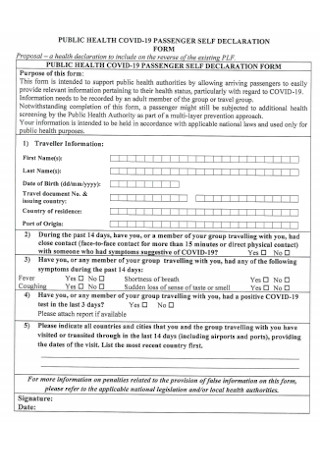
Public Passengers Self Declaration Form
download now -
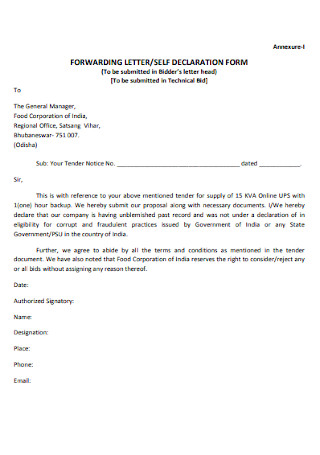
Self Declaration Form and Letter
download now -

Self- Declaration Form For Self Attestation
download now -
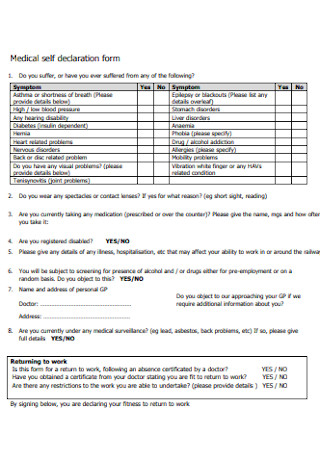
Medical Self Declaration Form
download now -
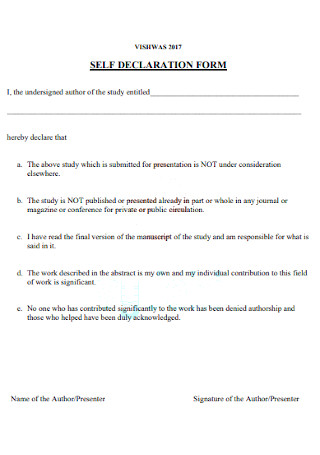
Simple Self Declaration Form
download now -

Sample Self Declaration Form for Travel
download now -
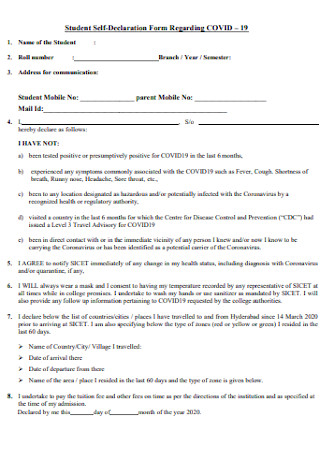
Student Self-Declaration Form
download now -

Consumer Self Declaration Form
download now -

Coronavirus Self Declaration Form
download now -

Sample-Self Declaration Form
download now -
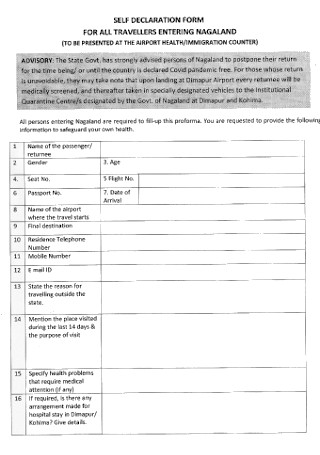
Self Declaration Form for All Travelers
download now -
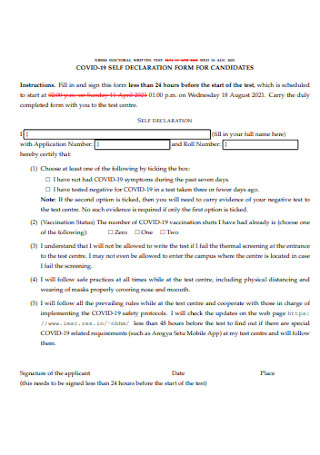
Self Declration Form for Candidates
download now -
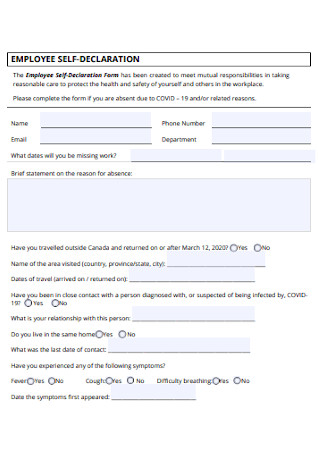
Employee Self Declaration Form
download now -
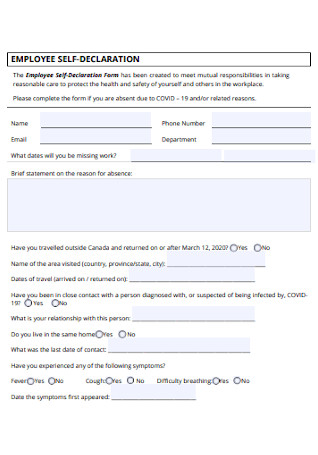
Self Declaration Health Form
download now -
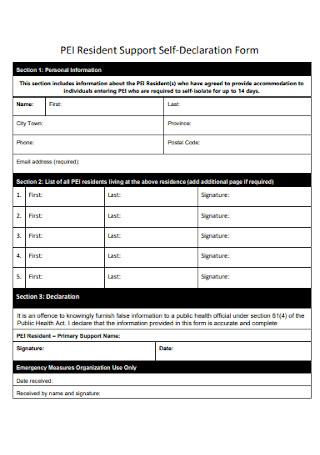
Resident Support Self-Declaration Form
download now -

Sample Hotel Covid Self Declaration Form
download now -

Formal Self Declaration Form
download now -
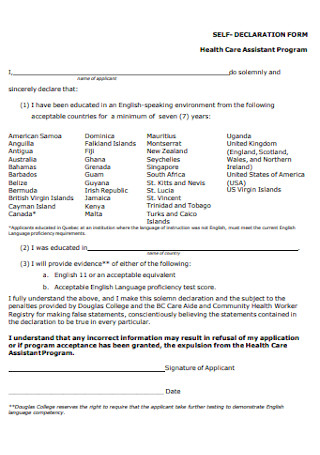
Self Declaration Health Care Form
download now -
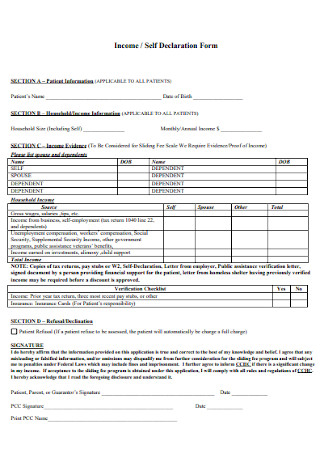
Income and Self Declaration Form
download now -
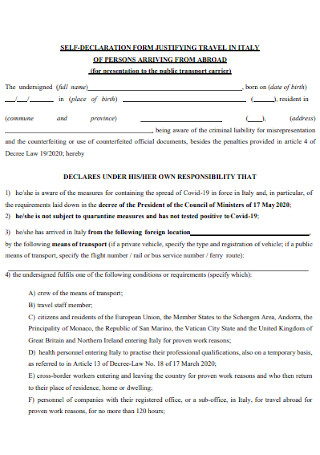
Self Declaration Form for Justifying Travel
download now -
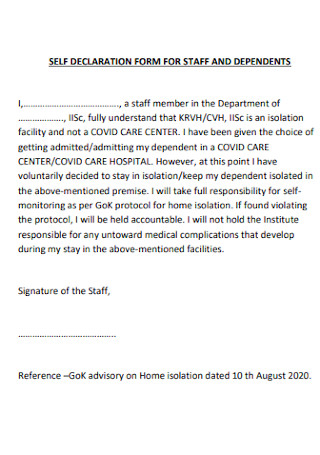
Self Declaration For for Staff
download now -
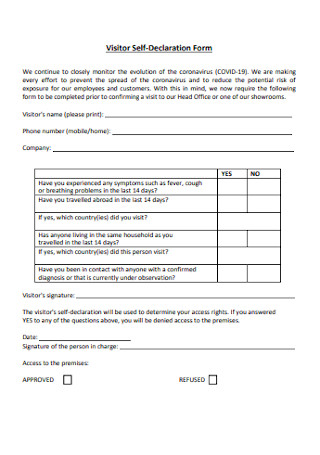
Sample Visitor Self-Declaration Form
download now -
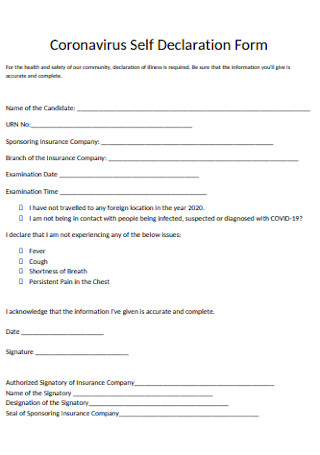
Coronavirus Self Declaration Form Template
download now -
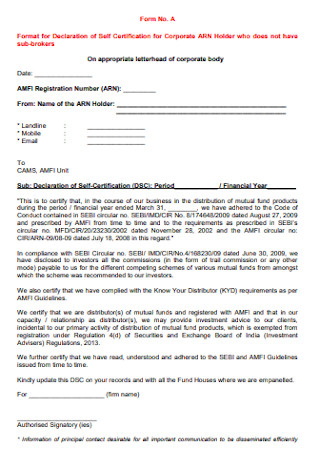
Declaration of Self Certification Form
download now -
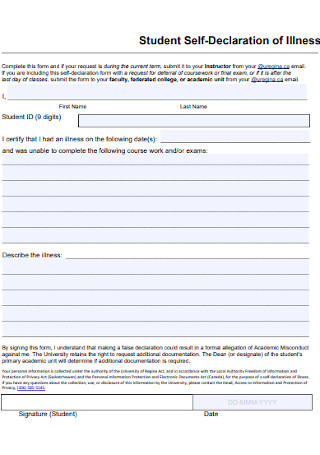
Student Self-Declaration Form of Illness
download now -

Guardian Self-Declaration Form
download now -
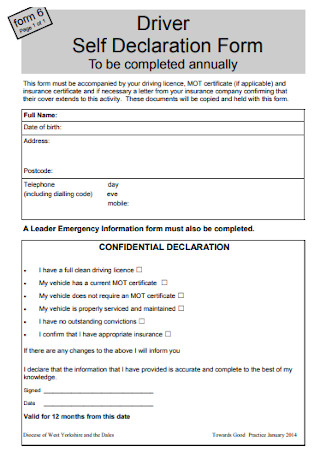
Sample Driver Self Declaration Form
download now -

Self-Declaration Form for Security Clearance
download now -
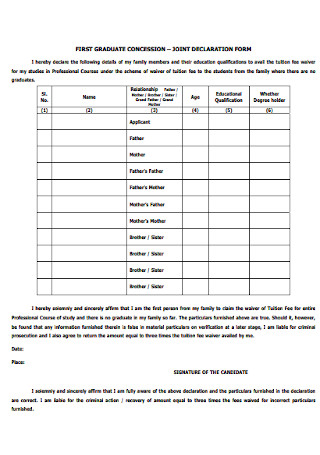
Joint Self Declaration Form
download now -
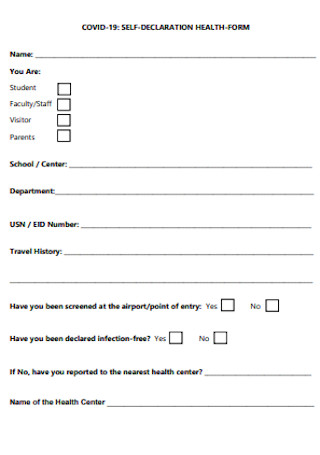
Self Declaration Health Form Template
download now -
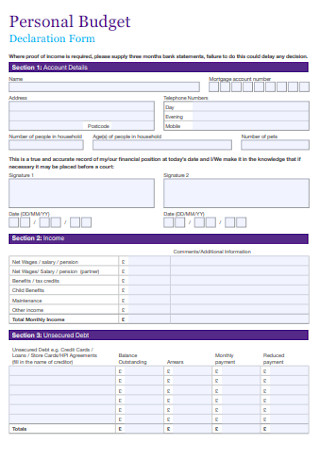
Personal Budget Self-Declaration Form
download now -
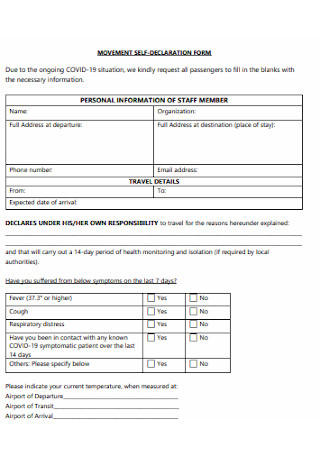
Movement Self Declaration Form
download now -
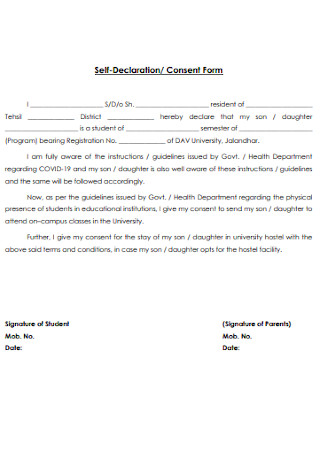
Self-Declaration and Consent Form
download now -
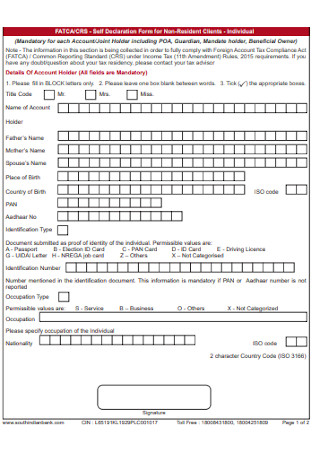
Self Declaration Form for Non-Resident Clients
download now -
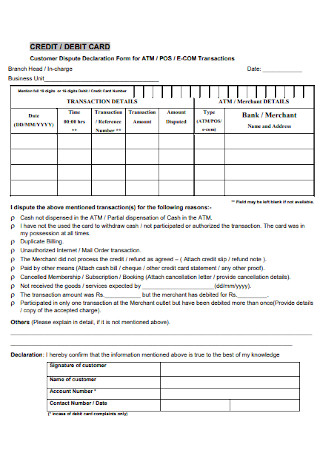
Customer Dispute Self Declaration Form
download now -
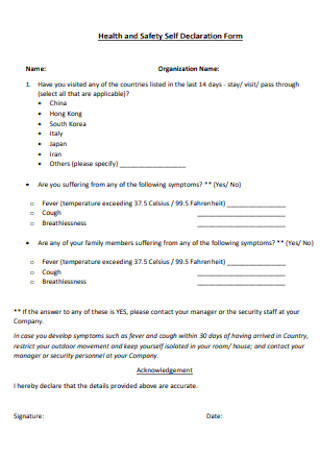
Safety Self Declaration Form
download now -
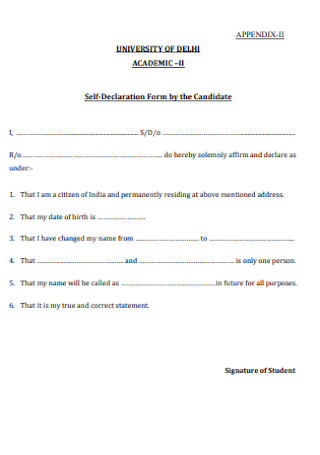
Self-Declaration Form by the Candidate
download now -
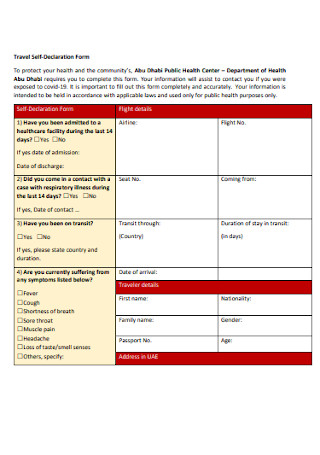
Travel Self-Declaration Form
download now -

Self-Declaration Form for Tenants
download now -
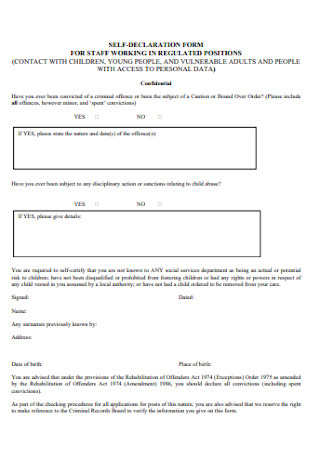
Self Declaration Form for Staff Working
download now -
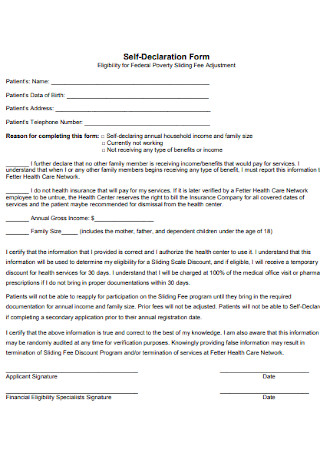
Self-Declaration Form Format
download now -

Standard Self Declaration Form
download now -
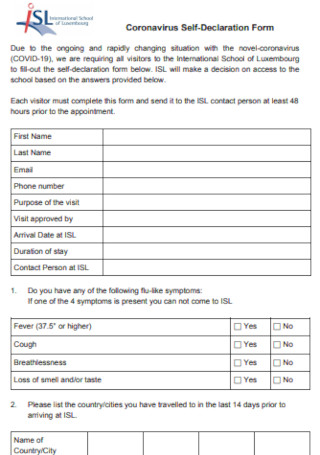
Coronavirus Self-Declaration Form
download now -
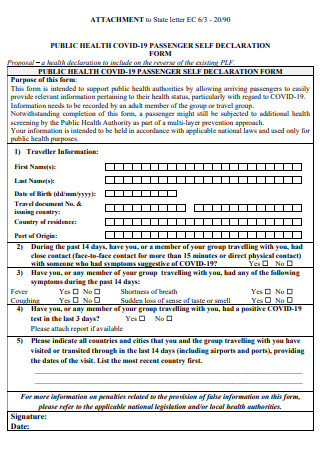
Sample Passenger Self Declaration Form
download now
FREE Self-Declaration s to Download
Self-Declaration Format
Self-Declaration Samples
What Is a Self-Declaration Form?
Types of Self-Declaration Forms
Purpose of Self-Declaration Forms
How to Create a Self-Declaration Form
FAQs
What is the purpose of a declaration form?
What is a self-declaration?
What is COVID-19 self-declaration?
How do I write a declaration for myself?
How to fill out a declaration statement?
What are some good declarations?
What should I write in handwritten declaration?
What is a positive declaration?
What is self declared income?
What are the benefits of declaring taxes?
How do I do a self declaration?
What is self-declaration for address proof?
What is the most famous line of the Declaration?
What word can I use instead of declare?
What is the ideal most often quoted in the Declaration?
What income must be declared?
What is declaration of own work?
Download Self-Declaration Bundle
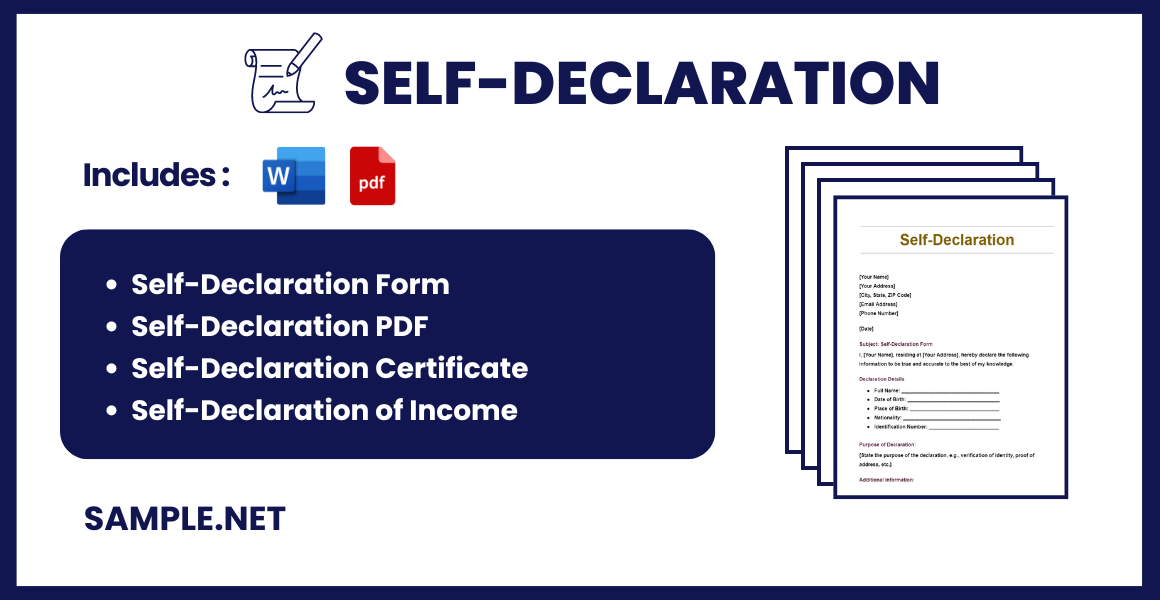
Self-Declaration Format
[Your Name]
[Your Address]
[City, State, ZIP Code]
[Email Address]
[Phone Number]
[Date]
Subject: Self-Declaration of [Purpose]
I, [Your Name], hereby declare that [statement of declaration].
Details:
- Fact 1: [Description]
- Fact 2: [Description]
- Fact 3: [Description]
I affirm that the information provided is true and accurate to the best of my knowledge.
Sincerely,
[Your Signature]
[Your Name]
What Is a Self-Declaration Form?
A Self-Declaration is a personal statement where an individual confirms certain facts or information about themselves. It is often used in various official and personal contexts to provide a verified account of one’s status, qualifications, or intentions.
According to an online article by Mic, there are a few things a traveler needs to keep in mind in order to get through the U.S. Customs and Border Protection smoothly and with minimal inconvenience. For people entering the United States, international travelers need to declare all food and items purchased abroad. Similarly, goods bought in a duty-free store need to be declared too. And although it may not occur, customs officers may ask travelers follow-up questions about the items and goods they are bringing in or carrying with them. Being untruthful about any of these may result in expensive fees and penalties.
Types of Self-Declaration Forms
Many self-declaration forms are standardized and are often required by certain agencies for visitors, guests, and transients to fill out. Similar to consent forms, government agencies and private establishments may use a self-declaration form to acquire information and obtain permission from a person. The following examples are common types of self-declaration forms.
Purpose of Self-Declaration Forms
Filling out self-declaration forms can sometimes be a chore. The paperwork can be a nuisance but it does not make it less important. Especially in airports and similar hubs, declaring accurate and true information is absolutely critical. And since most things are digitized these days, a lot of establishments just let people scan QR codes for the convenience of their customers. Some of the common reasons for the need of self-declaration forms are enumerated below.
How to Create a Self-Declaration Form
To create a self-declaration form, it is important to know what type of declaration you are going for. The different templates above can serve as a helpful guide for your needs. Simply choose one that suits your needs and follow the basic step-by-step guide below.
Step 1: Provide the Basic Information
It is pretty self-explanatory why every self-declaration form requires an individual’s basic information. Whether it is to confirm health status or authenticate certain assets, to declare or make known these circumstances calls for the person’s identification. For instance, travel declaration forms require the complete name and address of the passenger, destination and flight details, passport information, contact lists, and other relevant data.
Step 2: Establish a Format
Most, if not all, self-declaration forms come with a predetermined set of items that an individual must answer. To create your own form, you need to first decide what type of format will work best for your self-declaration form. Common ones include checklist, questionnaire, or survey forms. Others also require open-ended or fixed answers. Perhaps a clear example would be the COVID-19 health declaration form. Questions pertaining to quarantine, COVID-19 exposure, symptoms, and travel history are generally asked.
Step 3: Insert a Confirmation Statement
A key section in all self-declaration forms is the confirmation statement. The purpose of a self-declaration is to provide and certify information. The statement merely reinforces and validates the answers earlier given and declares it as true. A confirmation declaration is typically just one or two sentences that serve as a closing statement in the form. You also have the option to provide a checkbox beside the statement for the person to tick.
Step 4: Provide Space for Signature
To further certify the self-declaration form, make sure to leave adequate space below the confirmation statement for the person to affix their signature. You can provide clear lines for the person to sign their name and date, respectively.
FAQs
What is the purpose of a declaration form?
The purpose of a self-declaration form can cover all types of reasons, depending on the nature of the declaration. But the most common and basic reasons for filling out these forms is for authorities to obtain vital information and to protect the security and safety of the general public.
What is a self-declaration?
A self-declaration is basically validating information that you provide as true and correct. If you are made to issue a self-declaration form, it is simply standard compliance that authorities want and expect from you. Self-declaration forms are commonly used for health and travel reasons.
What is COVID-19 self-declaration?
A COVID-19 self-declaration form is meant to disclose one’s health status to protect and promote public safety. Because COVID-19 is highly transmissible and contagious that various authorities and establishments have made it mandatory for people to declare their COVID-19 health status when needed.
How do I write a declaration for myself?
Writing a self-declaration involves clearly stating specific facts about yourself that you wish to confirm or assert. This can be for various purposes such as legal, employment, or personal matters.
Steps to Write a Declaration for Myself
- Start with Personal Information: Include your full name, address, and contact details.
- State the Purpose: Clearly explain the reason for the declaration.
- Detail the Facts: List the specific facts or information you are declaring.
- Include a Statement of Truth: Affirm that the information provided is true and accurate.
- Sign and Date: Ensure the declaration is signed and dated to validate it, much like a Self-Introduction Speech.
How to fill out a declaration statement?
Filling out a declaration statement involves providing accurate and detailed information as required by the form, ensuring all necessary sections are completed.
Steps to Fill Out a Declaration Statement
- Read the Instructions Carefully: Understand what information is required.
- Provide Personal Details: Include your full name, address, and contact information.
- State the Purpose: Clearly indicate the reason for the declaration.
- Detail the Information: Provide the facts or details you are declaring.
- Sign and Date: Ensure the form is signed and dated, similar to an Authors Declaration Statement.
What are some good declarations?
Good declarations are clear, concise, and specific statements that assert truthful information about oneself or one’s intentions. They should be written in a formal and straightforward manner.
Examples of Good Declarations
- Professional Achievements: Stating your accomplishments in your field.
- Personal Beliefs: Declaring your values and principles.
- Health Status: Confirming your current health condition.
- Financial Status: Declaring your income or assets.
- Intentions: Stating your future goals or plans, similar to a Self Assessment.
What should I write in handwritten declaration?
A handwritten declaration should be clear and legible, stating specific facts or information about yourself. It should be formal and include essential details.
Components of a Handwritten Declaration
- Introduction: State your name and purpose of the declaration.
- Details: Provide the specific facts you are declaring.
- Statement of Truth: Confirm that the information is accurate.
- Signature: Sign the document to validate it.
- Date: Include the date of writing, akin to an Appraisal Self Evaluation.
What is a positive declaration?
A positive declaration is a clear and assertive statement confirming specific facts or intentions. It is used to affirmatively state something is true.
Characteristics of a Positive Declaration
- Clarity: The statement should be clear and unambiguous.
- Specificity: It should be specific to the facts being declared.
- Affirmation: Assertively confirm the information.
- Formal Tone: Use a formal and professional tone.
- Accuracy: Ensure all information is accurate, much like a Self Assessment Plan.
What is self declared income?
Self declared income refers to an individual’s reported income without third-party verification, often used for tax purposes or financial declarations.
Key Points of Self Declared Income
- Accuracy: Report income accurately and honestly.
- Documentation: Keep records to support your declaration.
- Transparency: Be transparent about all sources of income.
- Legal Compliance: Ensure compliance with tax laws.
- Clarity: Clearly state the income details, similar to a Self Evaluation Essay.
What are the benefits of declaring taxes?
Declaring taxes accurately provides several benefits, including legal compliance, financial transparency, and eligibility for various government services and benefits.
Benefits of Declaring Taxes
- Legal Compliance: Avoid legal penalties by complying with tax laws.
- Financial Transparency: Maintain clear and honest financial records.
- Eligibility for Loans: Easier access to financial services and loans.
- Government Services: Access to public services and benefits.
- Peace of Mind: Avoid the stress of potential audits, akin to a Faculty Self Assessment.
How do I do a self declaration?
To do a self declaration, state your personal information, the facts being declared, and include a statement of truth. Sign and date it, similar to Self Evaluation.
What is self-declaration for address proof?
Self-declaration for address proof is a written statement confirming your residential address. It is often used when other documents are unavailable, akin to filling out a Biodata Form.
What is the most famous line of the Declaration?
The most famous line of the Declaration is “We hold these truths to be self-evident, that all men are created equal,” often quoted in Self Assessment Checklist.
What word can I use instead of declare?
Instead of “declare,” you can use “affirm,” “state,” or “proclaim.” These alternatives are often used in formal contexts, like an Annual Self Evaluation.
What is the ideal most often quoted in the Declaration?
The ideal most often quoted in the Declaration is the pursuit of “Life, Liberty, and the pursuit of Happiness,” reflecting values in a Job Application Form.
What income must be declared?
All income, including wages, rental income, and freelance earnings, must be declared. This ensures transparency and compliance, similar to issuing Self Employee Receipts.
What is declaration of own work?
A declaration of own work is a statement asserting that the work submitted is original and done by you. This is crucial in academic settings, like a Leave Form.
In conclusion, a Self-Declaration is a vital document for confirming personal facts in various contexts. Our article provides detailed samples, forms, letters, use to guide you through the process of creating your own statement. Utilizing these resources ensures your self-declaration is accurate and effective. Properly crafted, it can serve multiple purposes, such as confirming health status or employment details, similar to a Delivery Form. With our comprehensive guide, you can confidently create a self-declaration that meets your needs.


